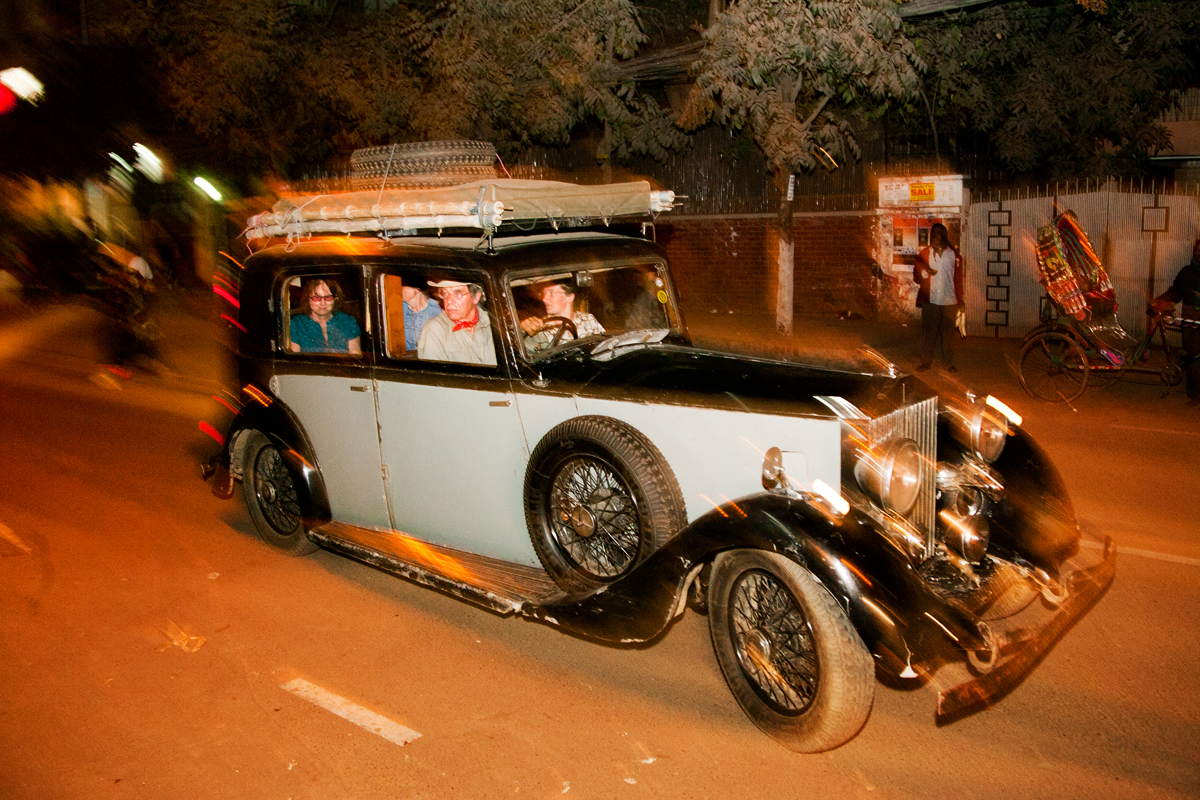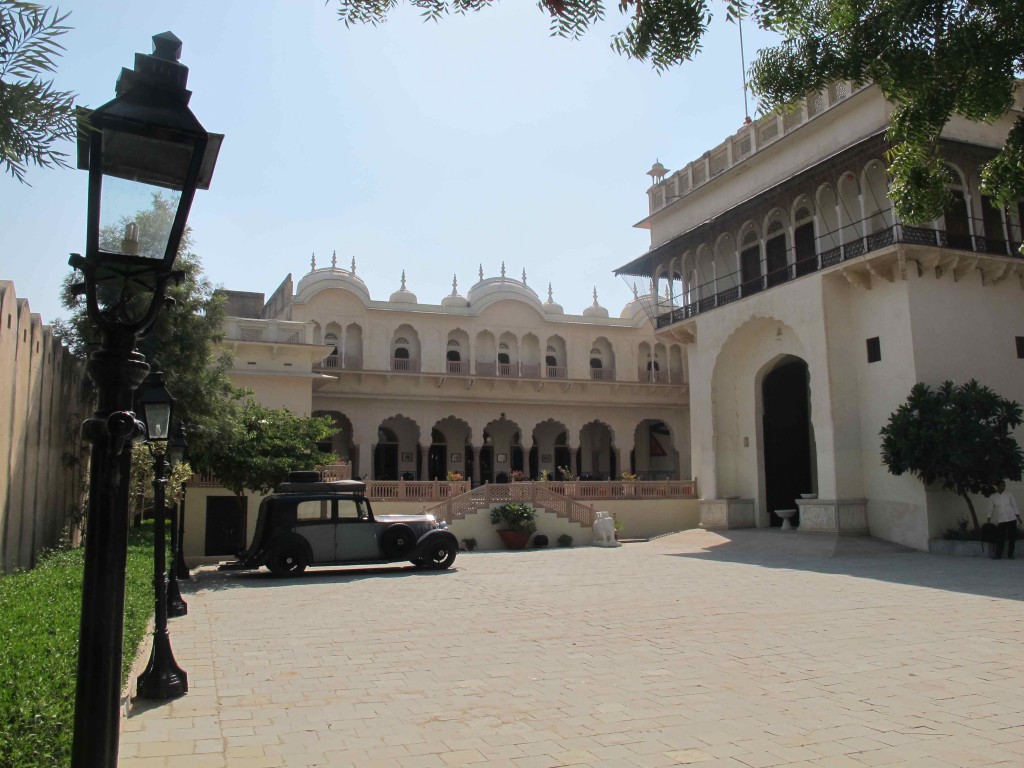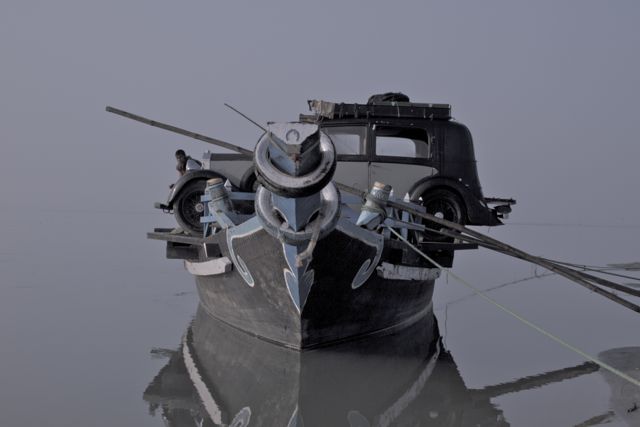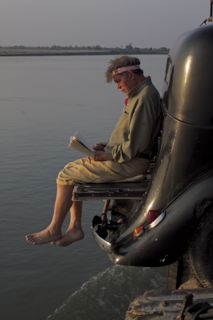Violence and Representation – Part 6 18 September 2010 by Shahidul Alam
To coincide with the exhibition Exposed: Voyeurism, Surveillance and the Camera, this symposium explores violence as a subject in relation to representations in the broadest range of historical and geographical?contexts.
It includes international artists, photojournalists and theorists who from their distinctive perspectives will attempt to unveil notions of spectatorship and consumption of violent images in contemporary culture. Key questions will encompass the notion of the political, apolitical or depoliticised spectator of representations of violence; the consequences of these kinds of practice and the difference between photo reportage and art photography. Speakers include Shahidul Alam, Steve Edwards, Susan Meiselas, Simon Norfolk, John Roberts, Julian Stallabrass and Alberto Toscano. Lawyer Rupert Grey was a discussant. Supported by Oxford Art Journal, Oxford University Press, the Open University and the British?Council.









